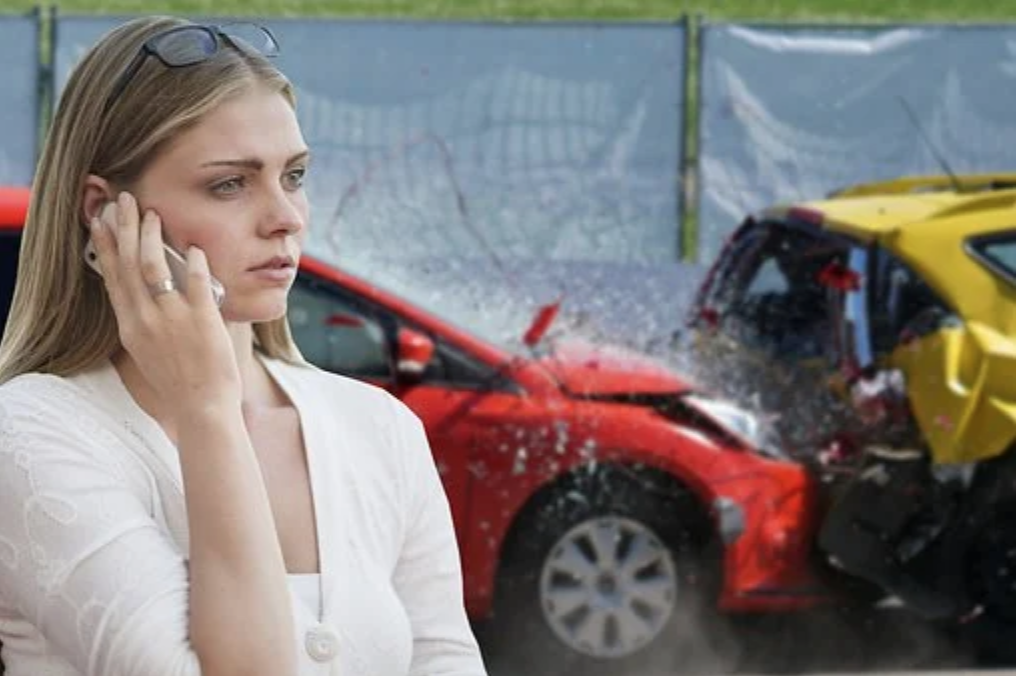Each year, millions of people are involved in car accidents. While many of these accidents are minor fender benders that cause little more than a few dents or scratches, others are much more serious, resulting in injuries, damage to property, and even death. If you’ve been involved in a car accident, it’s essential to know what to do afterward to ensure your safety and the safety of others and protect your legal rights. Here’s a step-by-step guide on what to do if you’re involved in a car accident:

1. Contact a Lawyer
If you’ve been involved in a severe car accident, it’s essential to contact an experienced personal injury lawyer. A lawyer can release you from the burden of thinking about what to do after a car accident and will fight for the compensation you deserve. If you try to handle things yourself, the insurance company might take advantage of you and offer you a low settlement. Don’t wait to contact a lawyer. There’s a statute of limitations in many states limiting the amount of time you have to file a lawsuit. Once this period has passed, you’ll be barred from filing a suit, no matter how strong your case is.
2. Stop the Car and Turn off The Ignition
After the accident, it’s essential to stop your car and turn off the ignition. Once you’ve done that, get out of the car and move to a safe location. If possible, you should try to drive your vehicle to the side of the road so that it’s out of the way of traffic. This will help to prevent any further damage or injuries. By stopping your car, you’re also indicating that there’s been an accident with other drivers. The last thing you want is to cause another accident by driving erratically. You also get time to assess your car’s damage and figure out what you need to do next.
3. Check For Injuries and Call for Help
Once you’ve stopped your car, take a few moments to check yourself and your passengers for injuries. If anyone is injured, or if the accident is blocking traffic and causing a hazard, call 911 for help. The police will be able to direct traffic around the accident, and an ambulance will be dispatched if necessary. If you had to call 911, give the dispatcher your location and a description of the accident and any injuries. Failure to do so could result in a delayed response.

4. Exchange Information With the Other Driver
Once you’ve ascertained that everyone is okay and help has been called if necessary, it’s time to exchange information with the other driver. You’ll need to get their name, address, phone number, driver’s license number, and insurance information. You should also write down their car’s make, model, and license plate number.
If the other driver seems agitated or aggressive, it’s best to wait for the police to arrive before exchanging information. In some cases, the other driver might not have insurance, or they might be trying to scam you. The best way to protect yourself is to wait for the authorities.
5. Take Photos and Collect Evidence
If you have a camera or your phone has a camera function, take photos of the accident scene and any damage to your car or the other driver’s car. It’s also a good idea to take photos of any injuries you or your passengers have sustained. These photos can be used as evidence later on if you need to make an insurance claim or file a lawsuit.
In addition to taking photos, you should also collect any other evidence at the accident scene. This might include things like skid marks, debris, broken glass, and anything else that will help to show how the accident happened. Be sure to get contact information from any witnesses who saw the accident happen. Their testimony could be vital if you end up going to court.
6. Contact Your Insurance Company
Once you’ve exchanged information with the other driver and collected evidence, it’s time to contact your insurance company. You’ll need to give them all relevant details about the accident, including when and where it happened and a description of the damage. If you have any photos or other evidence, give that to your insurance company.
It’s essential to contact your insurance company even if you don’t think you’re at fault for the accident. In some cases, the other driver might try to say that you’re at fault to avoid having their rates go up. By contacting your insurance company, you’re ensuring that your side of the story is heard.
Car accidents are never fun, but it’s important to know what to do if you’re ever involved in one. By following the steps outlined above, you can protect yourself and your passengers and ensure that you get the compensation you deserve. If you have any questions, contact a personal injury lawyer for help.








